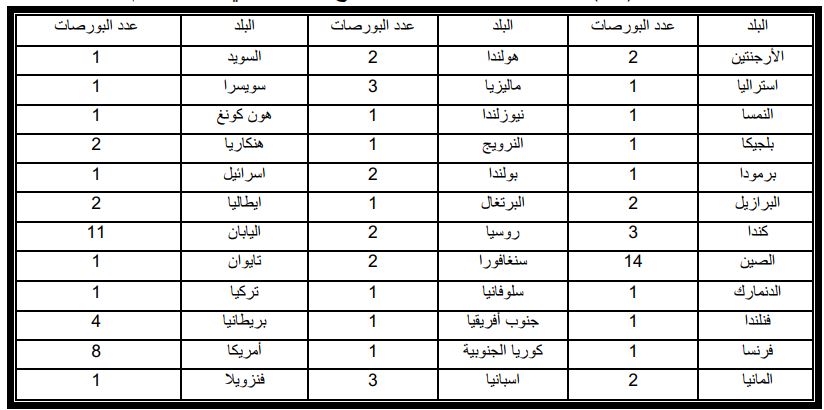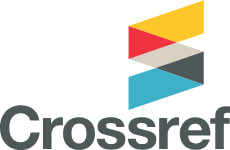Fundamentals of Commodity Futures Contracts With Focusing on Crude Oil Futures Contracts
Keywords:
Futures contracts, crude oil futures contractsAbstract
Spot markets allow investors to purchase and sell tools for immediate delivery and payment. In some cases, however, an investor may be concerned with the future price at which he can transact. One way to eliminate the price risk on a transaction that will not be completed until some future date is to enter into a deterred delivery contract. There are two types of markets for deferred delivery transactions: forward contracts market and future contracts market. A forward contract is a bilateral contract between a purchaser and a seller. The asset to be exchanged and the settlement price and date of delivery are whatever is mutually agreeable to the two transactors. When the settlement date arrives, the buyer tenders cash equal to the previously agreed-upon settlement price to the seller, and the seller delivers the once-decided-upon asset to the buyer. For some assets, the organization of formal exchange markets facilitates buying and selling for deferred delivery. One of the principal characteristics of exchange trading is the establishment of standardized settlement dates, at which time buyers and sellers tender payment and delivery, respectively, against their open obligations. Standardized settlement dates make for more homogeneous contracts, improving the market's liquidity.
Contracts for deferred delivery entered into organized exchanges are called futures. Thus, this paper discusses the fundamentals underlying the commodity's energy and crude oil futures contracts. This paper reached to many conclusions. The most important of them is the commodity futures contract, which is an organized deferred delivery contract in contrast to the forward contract, which is a counter contract, and the physical commodity represents its underlying assets, not the financial tool like in the financial futures. The commodity futures contract is not successful until the number of requirements are met. First, the commodity must be homogeneous and fungible. There must be a substantial hedger interested in the market, and there must be price volatility in the spot market for the underlying commodity. The contract should offer two liquidity characteristics: low transaction costs and highly elastic excess demand. The contract needed to be traded in small enough lots to generate the speculators' interest from non-industry concerns. It also needed to be closely linked to the spot market so that sufficient price convergence between the two markets would render it a viable hedging tool for industry participants. This paper approached many recommendations. Most important of them is the necessity to benefit from the obvious advantages of commodity futures contracts by establishing a market for these contracts in Iraq for trading, on one side, in crude oil and distillates futures contracts to hedge the price risk of exported Iraqi crude oil and of imported distillates and, on other side, in wheat, sugar, rice and other consuming commodities that imported to Iraq in huge quantities.

Downloads
Published
How to Cite
Issue
Section
License
Copyright (c) 2008 College of Administration and Economics - University of Karbala

This work is licensed under a Creative Commons Attribution-NonCommercial-NoDerivatives 4.0 International License.
Authors retain the copyright of their papers without restrictions.









